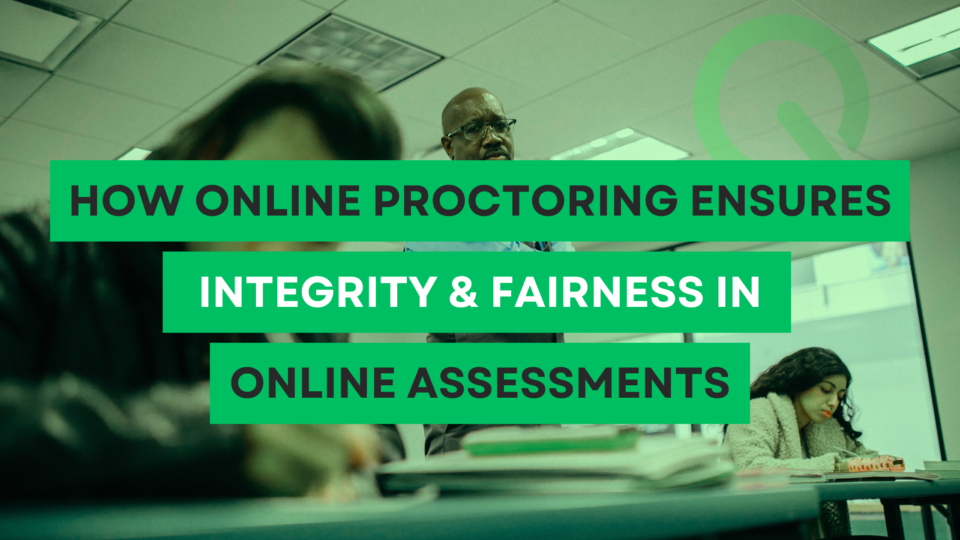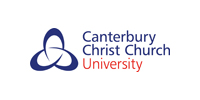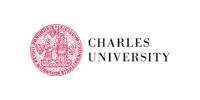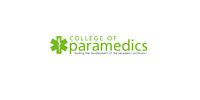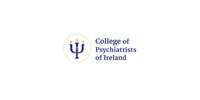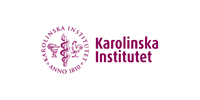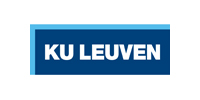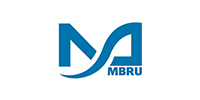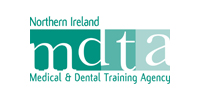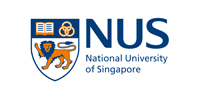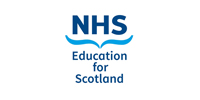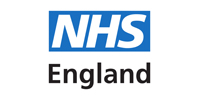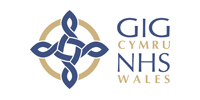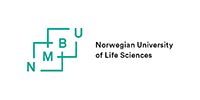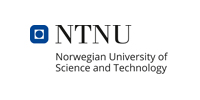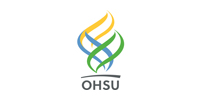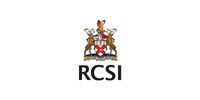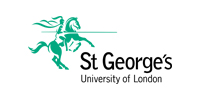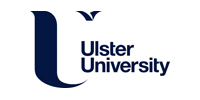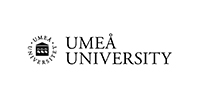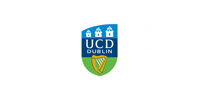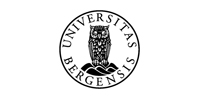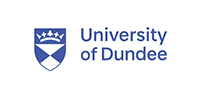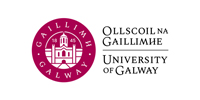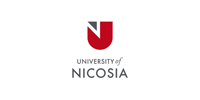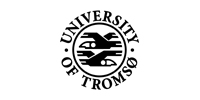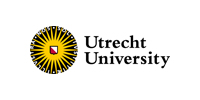In the age of digital education, where online learning has become increasingly prevalent, maintaining the integrity and fairness of assessments is crucial. Enter online proctoring – a valuable tool that not only helps institutions uphold academic honesty but also provides a level playing field for all students. This blog post will explore how online proctoring works and the various methods it employs to ensure that assessments are conducted fairly.
The Rise of Online Proctoring
With the explosion of online learning platforms, the need for reliable methods to assess student performance remotely has surged. Traditional examinations, with their in-person oversight, simply cannot be replicated online without innovative solutions. Online proctoring emerged as an answer to this challenge, providing a web-based system designed to monitor and authenticate test-takers during their assessments.
How Online Proctoring Works
Online proctoring typically involves a combination of artificial intelligence (AI) and human oversight to maintain assessment integrity. Here’s a breakdown of common methods employed:
Identity Verification
Before a student can take an exam, they must confirm their identity. This is often done through a combination of government-issued ID checks, such as driving license or passport, and facial recognition technology, ensuring that the individual taking the test is indeed the enrolled student.
Environment Monitoring
During the assessment, the student’s testing environment is monitored for unauthorised materials or additional people in the room. This is usually accomplished through webcam recordings and AI algorithms that detect suspicious actions, such as looking off-screen too frequently or using mobile devices.
Behaviour Analysis
Advanced AI tools analyse a student’s behaviour during the exam for any irregularities. This includes tracking mouse movements, keyboard interactions, and video analysis to flag possible misconduct. If a student’s behaviour appears inconsistent or raises red flags, the proctor can intervene immediately.
Recording of Assessments
Online proctoring often includes a full recording of the test session, which can be reviewed later in case of disputes or allegations of cheating. This ensures that both students and institutions have a clear record of the examination event.
Browser Lockdown
Utilising technologies such, as Safe Exam Browser, to lockdown the browser and prevent the student accessing unauthorised web pages or resources. This technology ensures the student only interacts with the exam platform, reducing opportunities for researching answers online.
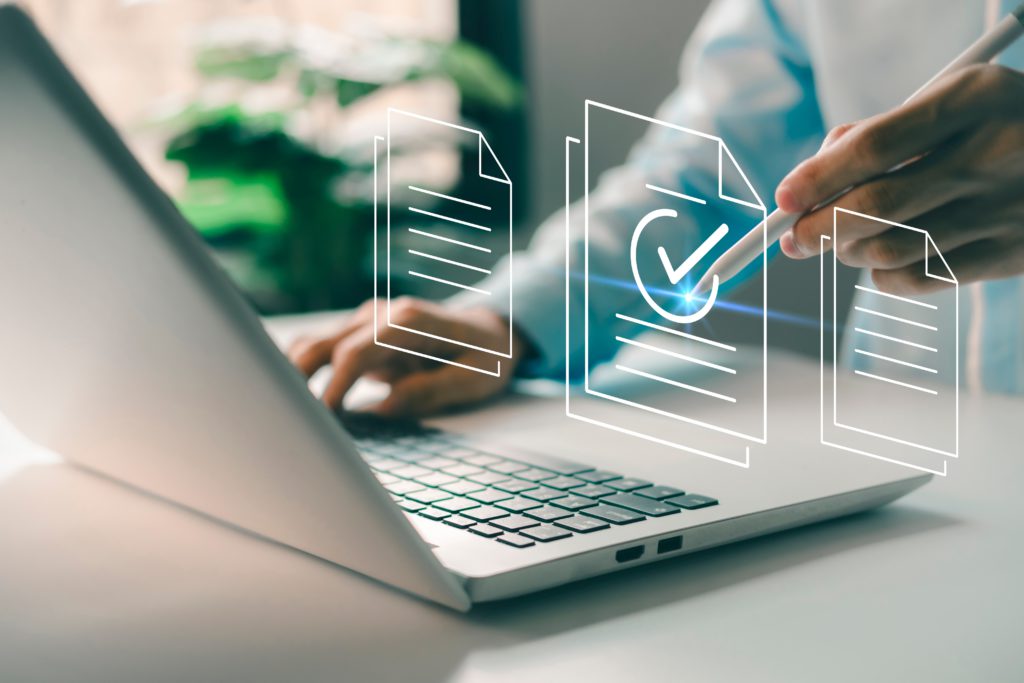
Benefits of Online Proctoring
Disadvantages of Online Proctoring
Addressing Concerns
As we can see, there are many benefits to online proctoring, however, there are some concerns about privacy and the impact of monitoring technology on the student experience. Striking a balance between ensuring integrity and respecting student privacy is crucial. Many institutions now opt for fully transparent policies regarding what data is collected and how it will be used, emphasising informed consent should be sought from students.
Engaging in open discussions about these challenges will be essential to shape the future of assessments in the digital age, ensuring they are both secure and inclusive. The future of education may be online, but with tools like online proctoring, integrity and fairness can remain at the forefront of helping students succeed.

